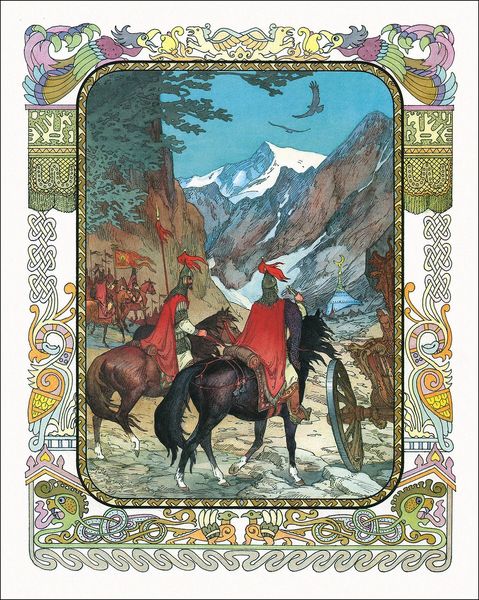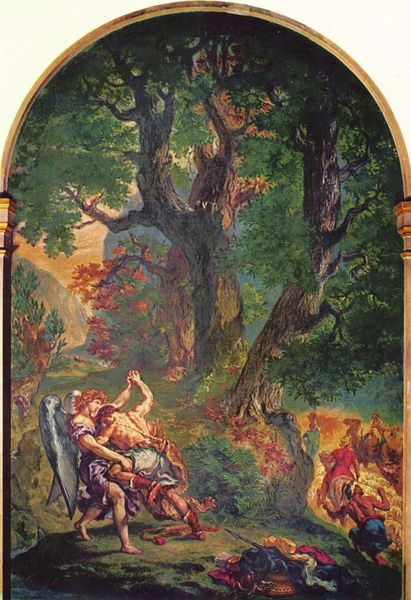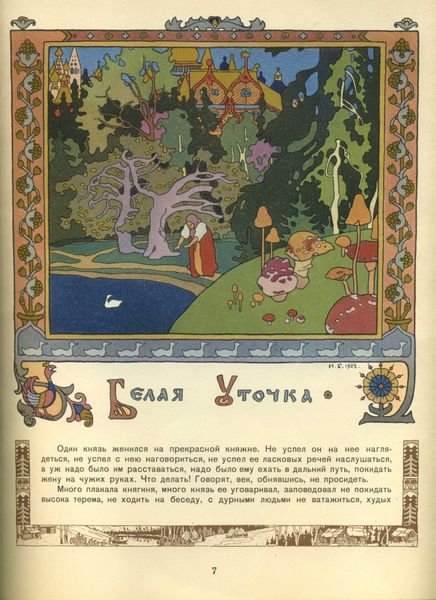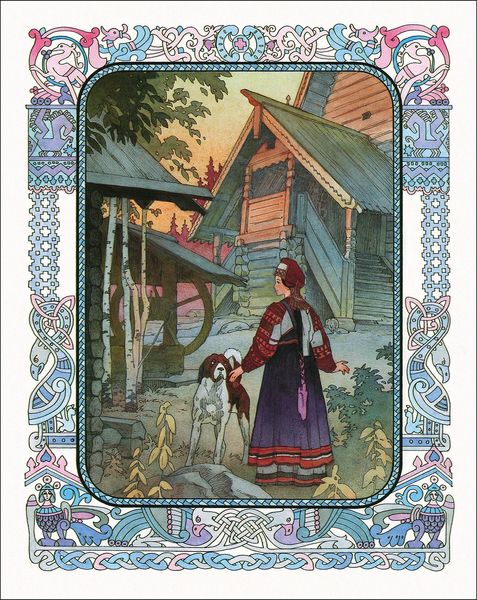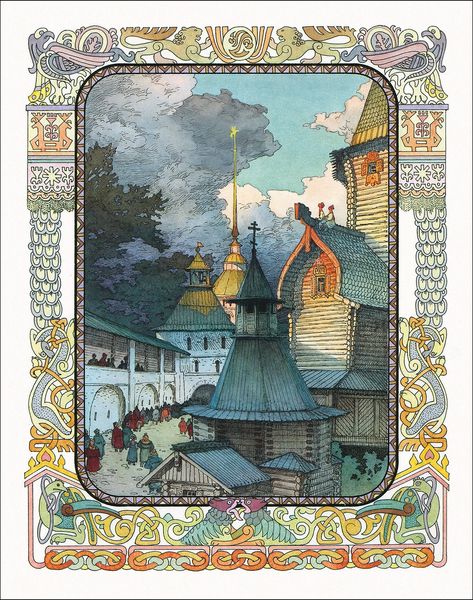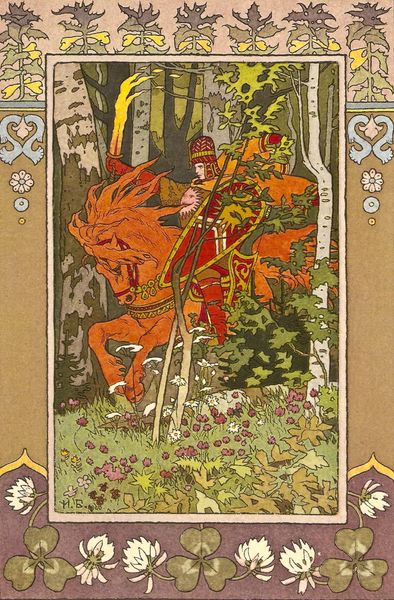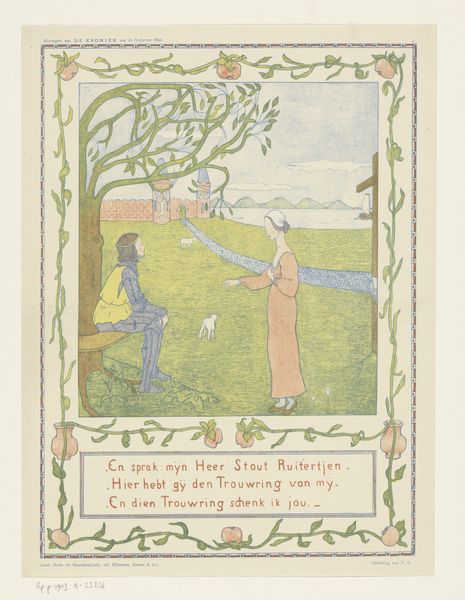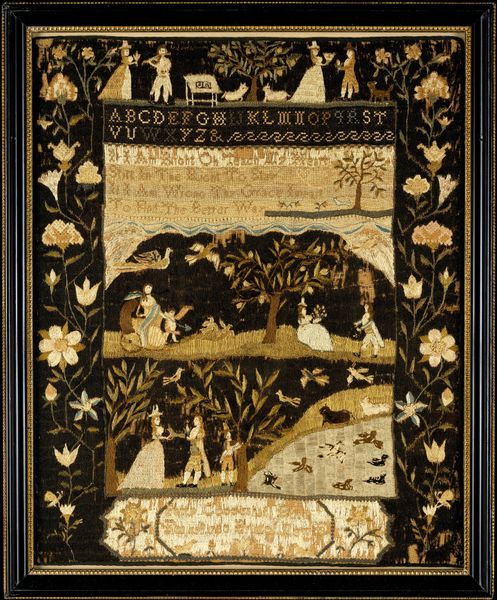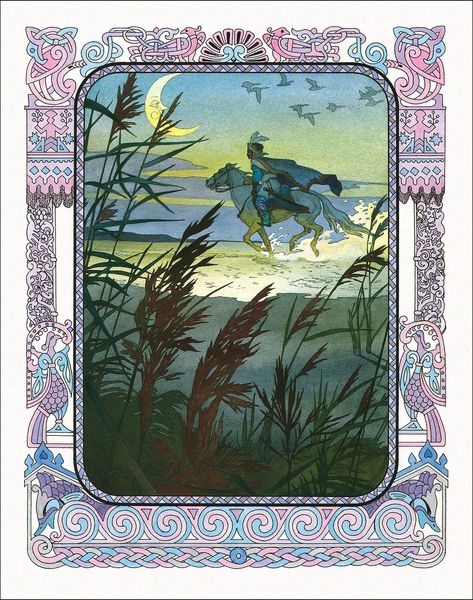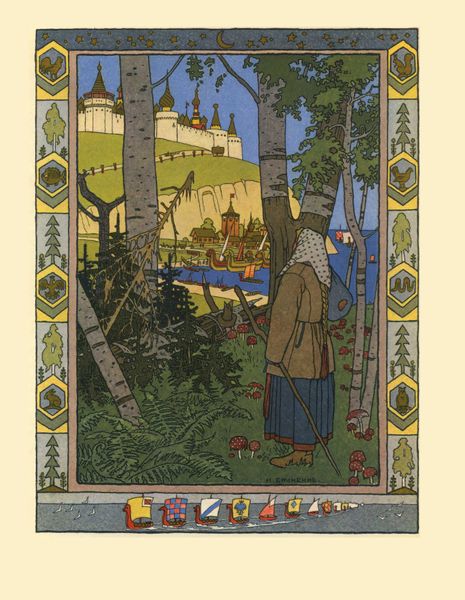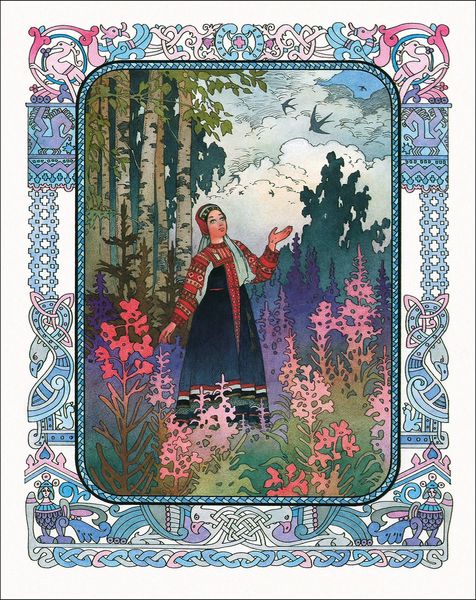
tempera
#
byzantine-art
#
narrative-art
#
tempera
#
landscape
#
figuration
#
geometric
#
miniature
Copyright: Vyacheslav Nazaruk,Fair Use
Editor: This is an illustration for "The Golden Cockerel" by Vyacheslav Nazaruk, made in 1999, using tempera. It's very intricate, with a decorative border surrounding the central image of figures on horseback moving through a landscape. It makes me wonder about the detailed craftsmanship and choices around materials for an illustration. What do you make of it? Curator: I find myself drawn to the way the artist meticulously constructed this image. Look at the tempera; consider the labour involved in grinding pigments and applying them in thin layers to achieve that luminosity. Nazaruk isn't simply depicting a scene; he is constructing a material reality rooted in historical techniques, like Byzantine art and miniature painting. Notice the repetitive geometric patterns. What do you think these choices communicate about value, Editor? Editor: It's almost as if the border elevates the central image. And thinking about the medium, tempera, makes me see it as an object, something handmade rather than just a reproduced image. Do you think the combination of traditional methods with a narrative subject serves a purpose? Curator: Absolutely. The material choices become intertwined with the narrative itself. By referencing the artistic traditions and applying them to the book, Nazaruk blurs the boundaries of ‘high art’ and accessible art, such as illustration. It makes you reconsider how illustrations become embedded into commodity and cultural circulation. We might even interpret this as the artist commenting on craft and material in art and challenging us to confront labour behind art. Editor: That’s fascinating. I hadn’t considered the way the materials themselves contributed to that kind of dialogue, and challenged conventional categories in the art world. Curator: Precisely. Nazaruk asks us to examine our relationship with the work by emphasizing the means of production of art.
Comments
No comments
Be the first to comment and join the conversation on the ultimate creative platform.
